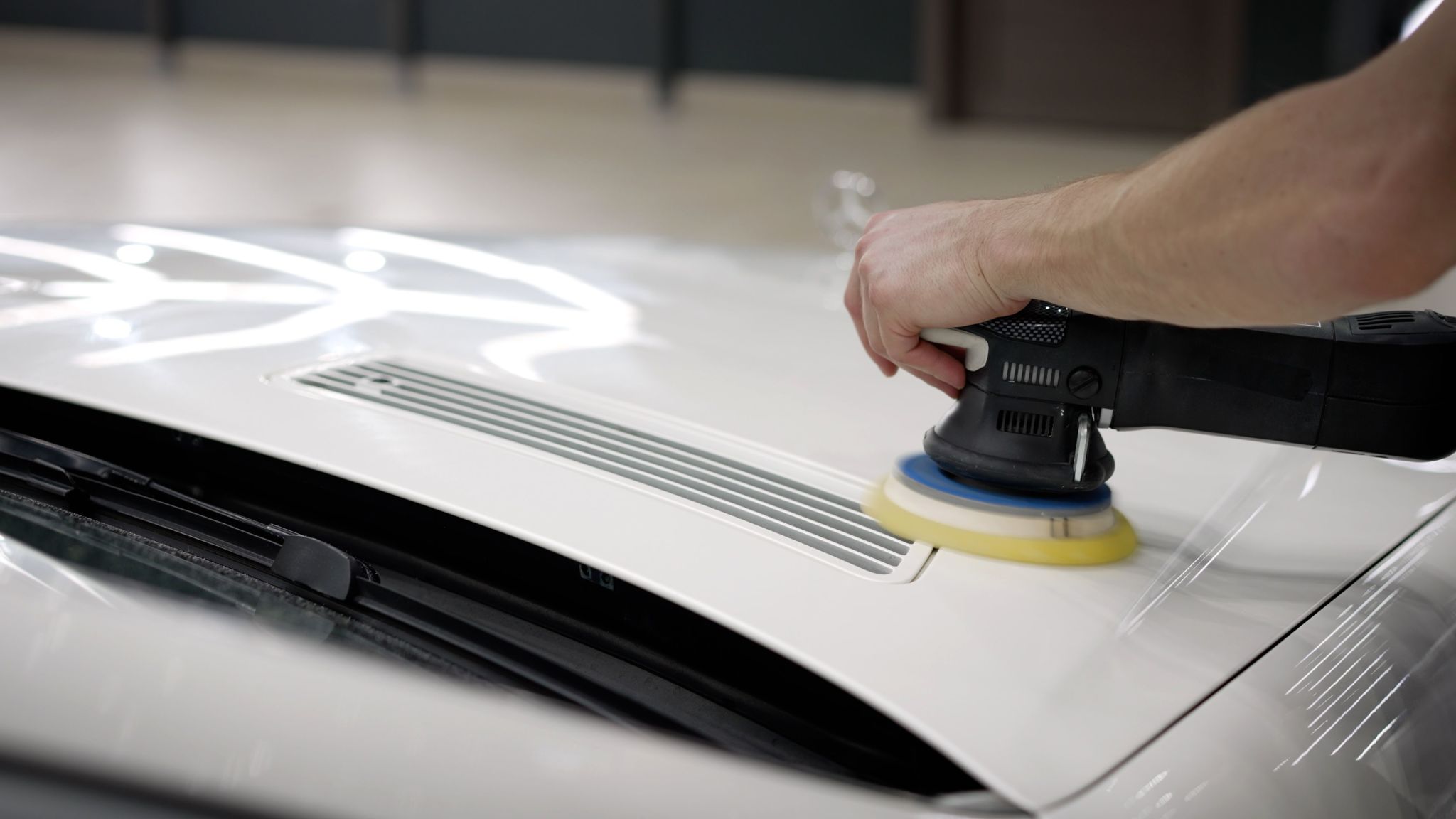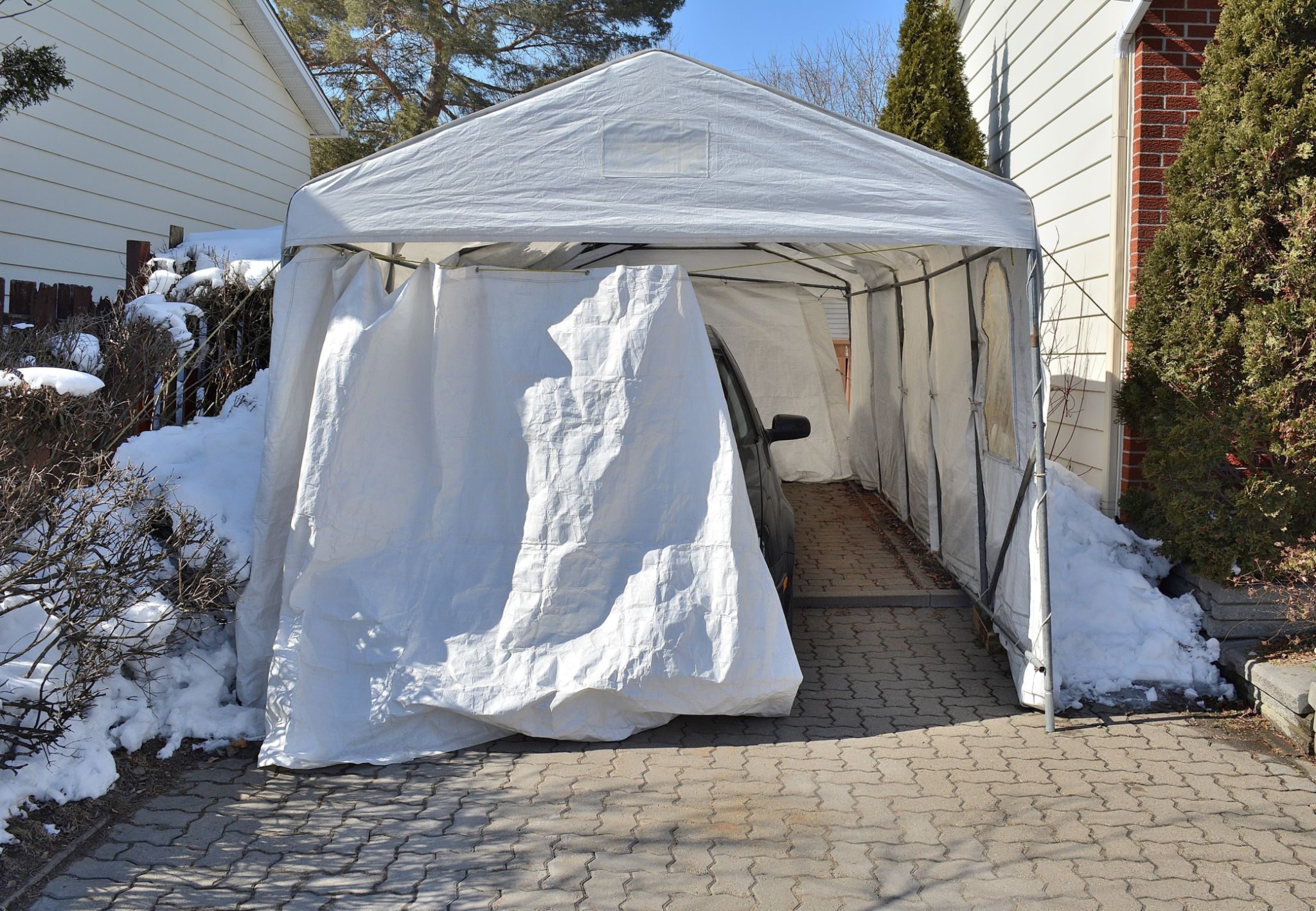Paint Correction vs. Clay Bar?
RC
Understanding Paint Correction
When it comes to enhancing your car's appearance, paint correction is a term you might frequently encounter. This process involves removing imperfections from the car's paint surface, These may include swirl marks, scratches, and oxidation. A professional detailer uses specialized polishers, compounds, and buffing pads to restore the vehicle's finish. In some cases it can look like a new paint job.
Paint correction is an intensive process that requires skill and precision. It is ideal for car owners who want to eliminate visible defects and bring back the shine of their vehicle. However, it's important to note that this process doesn't offer long-term protection against future damage. Paint correction must be followed by adding a sealant of ceramic coating.

Diving into Clay Bar Process
A Clay Bar is a cleaning tool. Literally it is a piece of clay. The clay can be fine or course, meaning least aggressive to most aggressive. Clay removes embedded particles such as break dust and fallout from automotive paint. For the clay to work properly, it must be used with lubrication such as detail spray or spray wax.
Claying is perfect for removing the stubborn particles not removed during a car wash. It is makes the paint smooth and silky. This is important before next step paint correction or adding a sealant. Claying paint helps sealants bond to the paint. During a paint correction, the results allows the buffr to run on a cleaner surface without gridding in the dirt and pollution.

Comparing Benefits
Both paint correction and claying have their unique advantages. Here's a quick comparison:
- Paint Correction: Restores original shine, removes imperfections, ideal for aesthetic enhancements.
- Ceramic Coating: Removes embedded particles from paint and increases gloss not acdhieved with a car wash.
Choosing between the two is inadequate, the reason being, claying paint should always be done before a paint correction. However claying can be followed up with some type of protection or buffing. So it's a matter of what are you goals. Do you want your car's paint clean and glossy or clean, swirl-mark free, and shiny?
Which Option is Right for You?
Comparing the two paoint for point is inadequate. The reason being, claying paint should always be done before a paint correction. However claying can be followed up with some type of protection or buffing. So it's a matter of what are you goals. Do you want your car's paint clean and glossy or clean, swirl-mark free, and shiny?

There are many car-owners and detailers who chase perfection. That means, paint polishing follows the clay process. This would be ideal if there was a never ending amount of paint on the car. Each time the paint is polished micro levels of clear coat is removed. At some point the car will require repaiting.
Can You Combine Both?
Absolutely! As stated above, paint should be proceeded by clay bar treatment. by doing so, the pollution and iron particles will not be ground into the paint with the buffer. Claying is a key step in paint correction.

Conclusion
Ultimately, whether you choose paint correction or claying alone depends on your priorities as a car owner. Each option offers distinct benefits that cater to different needs, from cleaningliness to aesthetic enhancements.
By understanding each process, you can make an informed decision that aligns with our desires and keeps your car looking great over the years.
